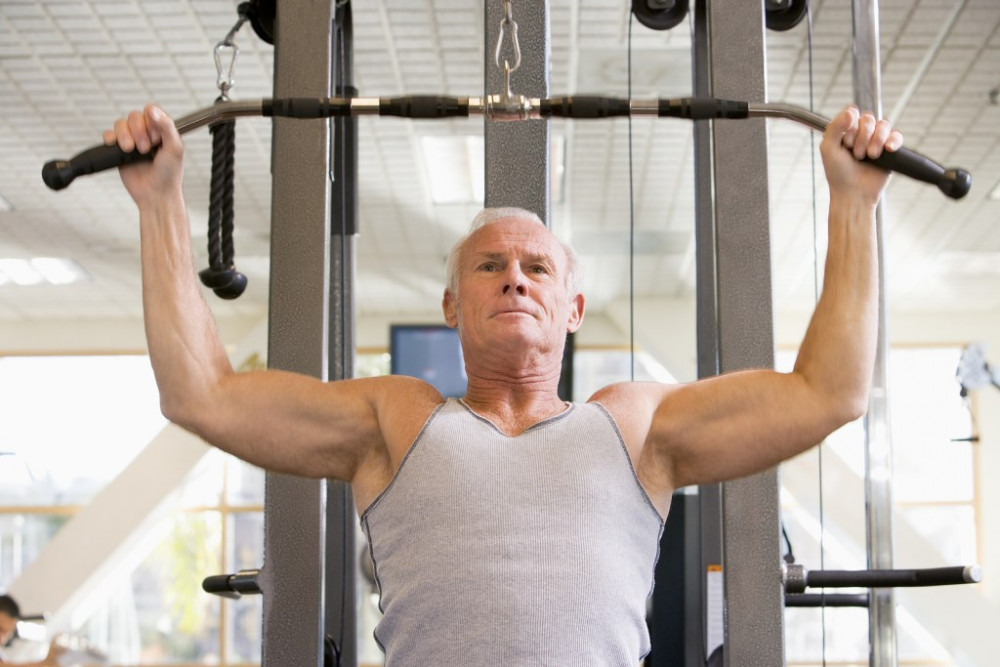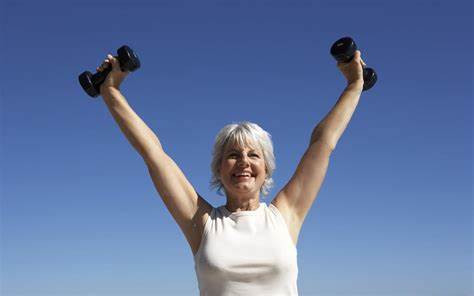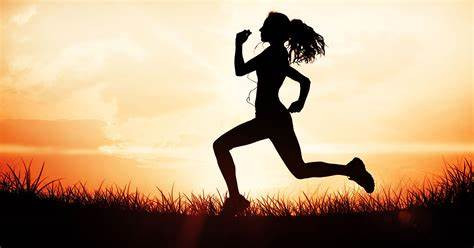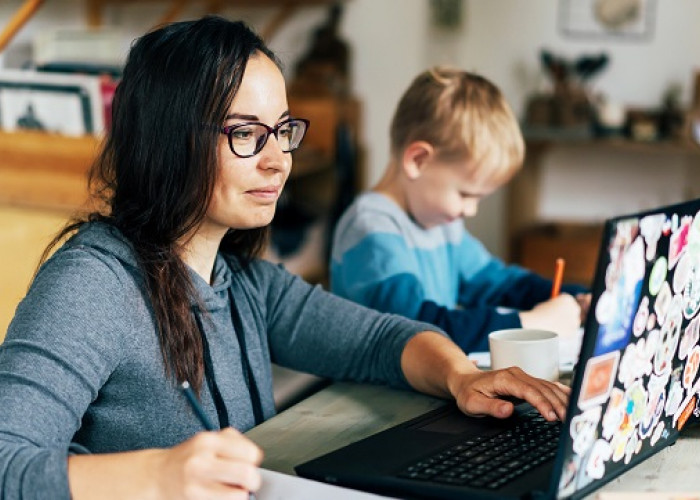How exercise can boost your mental health
With the eyes of all AFL fans on Perth for the Grand Final last weekend, it’s a great time to reflect on the importance of sport and exercise in our lives.
Sport not only keeps our bodies active; it’s a meaningful way of looking after our mental health and wellbeing, creating opportunities for strong social and community connections.
The COVID-19 pandemic has severely limited our ability to participate in sport and forced us to get a bit more creative about how we exercise.
The good news is being active and reaping the benefits of physical activity doesn’t have to mean doing sport or going to the gym.
Research from the Black Dog Institute has found that as little as an hour a week of exercise can effectively fight depression.
As the weather brightens and the days get longer, it’s becoming easier to integrate exercise into your daily or weekly routine.
The Benefits:
If you’re a regular exerciser, you’ll be familiar with the endorphin rush and subsequent mood lift you experience after a workout.
Exercise provides a wide range of physical and mental health benefits - it boosts our mood, concentration and alertness and improves our overall physical health.
Regular exercise also plays a role in preventing mental health problems and improving the quality of life of people experiencing mental health problems.
Impact on stress:
When events occur that threaten us or upset our balance, our body’s defences create a stress response, making us feel uncomfortable physical symptoms and behave differently.
Physical exercise can be very effective in relieving stress.
Increasing your heart rate can reverse stress-induced damage by stimulating the production of neurohormones, which not only improve cognition and mood but improve thinking clouded by stressful events.
Impact on self-esteem:
Physical activity positively influences our self-esteem and self-worth, which are key indicators of our mental wellbeing and ability to cope with life stressors.
From improving endurance to increasing muscle tone and losing weight, physical achievements come about from regular exercise.
These achievements can lead to a boost of self-esteem and the confidence that comes with it.
Impact on sleep:
If you have trouble getting a good night’s sleep, exercise can help with that, too.
Exercise helps you fall asleep quicker and can also improve your sleep quality throughout the night.
Exercise also helps regulate your circadian rhythm, your body’s built-in alarm clock that controls when you feel tired and when you feel alert.
Impact on the brain
Science has repeatedly drawn a link between higher levels of physical activity and better cognitive function.
From building intelligence to strengthening memory, exercise boosts brainpower in several ways.
And it doesn’t take long to see results - even short, 10-minute bouts of exercise are enough to enhance brain function in older adults.
Studies also show that physical activity boosts creativity - so if you need inspiration, your next big idea could be just a walk or jog away.
Impact on depression and anxiety
Even just moderate exercise throughout the week can reduce levels of anxiety and depression in people with mild symptoms. It may also help treat clinical anxiety and depression.
Physical activity boosts endorphin levels, the body’s famous feel-good chemical produced by the brain and spinal cord.
How much exercise should I do?
The Australian Department of Health has developed physical activity and sedentary behaviour guidelines for each age group to help us understand how much exercise we need.
In summary, the guidelines recommend:
For adults 18-64 years: each week, either 2.5 to 5 hours of moderate-intensity physical activity or 1.25 to 2.5 hours of vigorous-intensity physical activity, with muscle-strengthening activities at least 2 days each week
For children and young people 5-17 years: at least 60 minutes of daily activity, including moderate to vigorous physical activity, as well as muscle-strengthening activity at least 2 days each week.
For older people 65 and over: at least 30 minutes of moderate-intensity physical activity on most, preferably all, days.
What counts as exercise?
Exercise doesn’t have to be strenuous, structured or take a long time - any activity that raises your heart rate, makes you breathe faster, and makes you feel warmer counts towards your exercise!
Experts suggest 30 minutes, at least five days a week, can make a big difference.
One of the great things about physical activity is that there are endless possibilities and activities to suit almost everyone.
How to incorporate exercise into your routine
Make time: Block out time in your calendar for exercise and treat it like any important appointment, even if it’s just for 5-10 minutes.
Find what’s right for you: What kind of activity do you like? Think about what parts of your body you want to exercise, whether you’d prefer to be active at home or if you’d like a change of scenery.
Making it part of daily life: Adopting a more active lifestyle can be as simple as doing everyday tasks more energetically or making minor changes to your routine, such as walking up a flight of stairs instead of taking the lift.
Start slowly: If physical activity is new to you, build up your ability gradually. Break activity into 5-10 minute chunks makes 30 minutes of daily exercise more attainable. Get up and walk around the room or house. Spend a few minutes doing seated stretches, or set yourself a goal of 10 squats to do throughout the day.
Set goals: Set goals and keep a record of your activity to measure progress. Try using a pedometer or an app to measure speed and distance, or add on an extra stomach crunch or short sprint at the end of a session. You won’t see improvement every day, but making a regular commitment is an achievement in itself, and every activity session can improve your mood.
At home: There are lots of activities you can do at minimal cost without leaving your house. It can be as simple as gardening with extra vigour, speeding up the housework or doing an online class. YouTube is full of short, free exercise videos that you can do at home without any equipment.
While working: Whether you’re on your feet, at a desk or behind the wheel during your working hours, there are many ways you can get more active. For example, try using the stairs for journeys fewer than four floors, walking or cycling to and from work, or taking a brisk walk in your lunch hour.
Out and about: Physical activity in an outdoor, ‘green’ environment has even more positive effects on wellbeing than exercise indoors. East Gippsland is blessed with many walking and bike trails - check out the resources below.
Find a buddy: For an active alternative to catching up with your friends, ask if they’d like to join you for a walk. Or use FaceTime to catch up while you move through a 5-10 minute online stretching session or class. Having a friend helps keep your motivation levels high, and you’ll get the added bonus of increasing your social time.
Remember - whatever you’re doing, be kind to yourself and your body.
Explore your region
With nine national parks, the Gippsland Lakes, Ninety Mile Beach and beautiful inland forests, East Gippsland is a paradise for walking and hiking.
Whether you’re setting out solo, with family or friends, there’s plenty to discover - from beach hikes, hilly rambles or just a stroll on a boardwalk.
Here are some great resources to get you started:
Victoria Walks: victoriawalks.org.au
Latrobe Community Health Service: lchs.com.au
Visit East Gippsland: visiteastgippsland.com.au
Sources used in this article
Better Health: betterhealth.vic.gov.au
Black Dog Institute: blackdoginstitute.org.au
Australian Department of Health: health.gov.au





